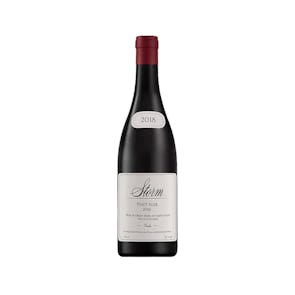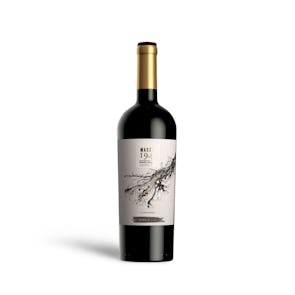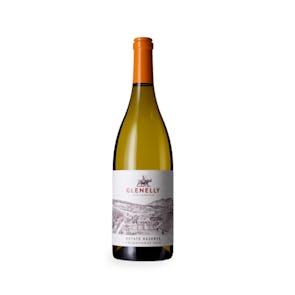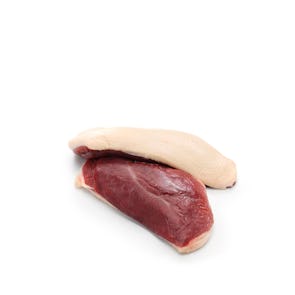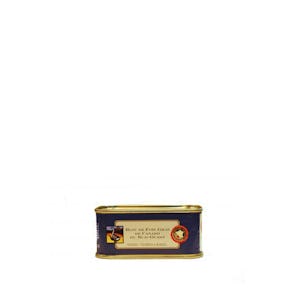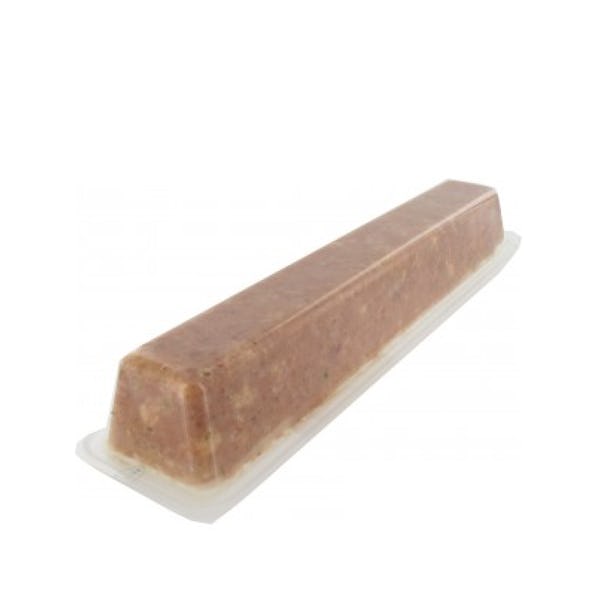
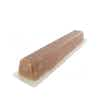

TASTING NOTES FROM THE CURATOR
Castaing’s duck terrine blends the fatty gaminess of duck meat with the milder taste of pork. The company has been producing pâtés and other soft charcuterie for almost a hundred years, working in close collaboration with small local farms that use traditional breeding and rearing methods for their animals. This terrine is made without preservatives, and clearly carries the mild, fresh spice of green peppercorns. The toffee caramel hint from a touch of Armagnac complements the pepperiness.
PREPARATION OR PAIRINGS
Best served chilled, this gourmet appetizer makes a fitting starter for a small, intimate gathering. Lay out some hefty slices on a tray with cornichons (gherkins), some chutney, crusty bread, and creamy Échiré Salted Butter AOP, and you’re off to a wonderful evening. When you reach for a bottle (or three) for your little party—whether a wine or a cider—choose something ripe and rounded. Go for a dessert wine like a sweet, crisp Loire or Bordeaux selection or select a Syrah or Grenache for a soft, fruity, almost peppery meal companion.
FORM AND FUNCTION
Terrines are reputedly formal and fancy, but they come from humble origins and are an effortless addition to lunch or dinner. Made at least a day in advance, they can be brought to the table with as much flourish or as little fanfare as you desire. The name encompasses both the dish and the round, earthenware container it is usually cooked in. All the way back in the Middle Ages, the terrine was a way for the central and northern Europeans to use up all parts of the animals they slaughtered. It was the French who transformed this economical cooking technique into an art form—and it is now a mainstay of their culinary tradition.
Storage Instructions
Store in the refrigerator.


